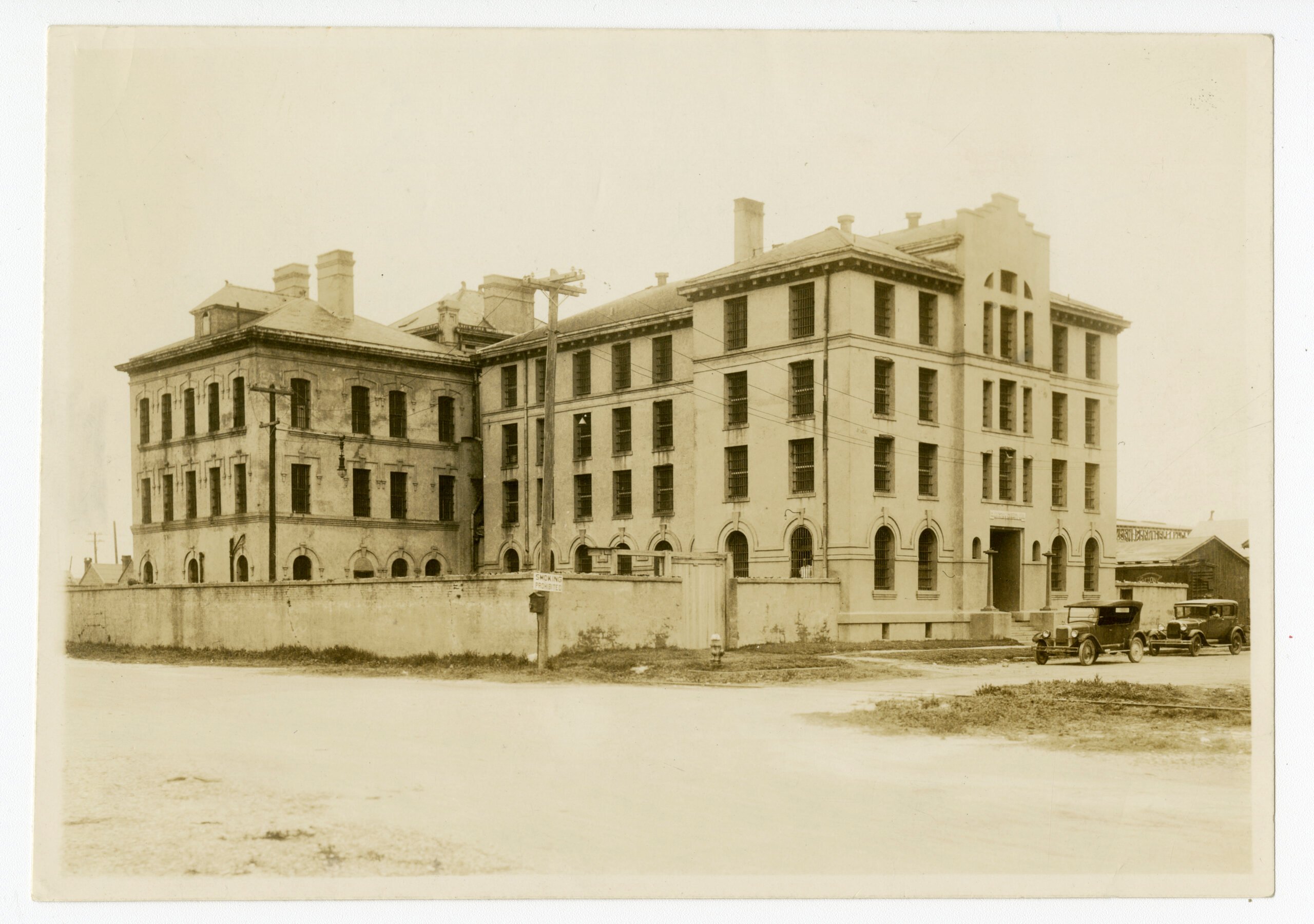Proposed Senate Budget Maintains Last Session’s Cuts
It was no surprise to see low levels of funding across the board in an initial Senate budget proposal unveiled on Monday.
The overview of the proposed Senate budget would spend about $89 billion in state general revenue funds, only $1.6 billion more than the last session, according to Legislative Budget Board estimates. In other words, it would maintain some of the largest cuts from last session. The brief budget document released Monday contained only spending totals. Budget writers will be filling in the details in the coming weeks. But the overview released Monday proposes a 3 percent increase for health and human services for 2014-2015, and only a 1 percent increase for public education, which was cut by $5.36 billion last session.
Lt. Gov. David Dewhurst told reporters that the budget totals adequately provided opportunities for one of the nation’s fastest growing population. “To maintain that opportunity we need to make sure we keep our spending under control, fund our priorities and keep our taxes low,” Dewhurst said. “We can continue to provide opportunity to everyone. All of our children can get access to great education in public education and higher education.”
Dewhurst listed education, building roads and Medicaid as the state’s top priorities. Those are state programs that can’t be cut much more, said Eva De Luna Castro, a budget analyst for the liberal Center for Public Policy Priorities.
She said for the most part the proposed budget continues all the cuts from the 2011 legislative session, which she said is absurd given the needs of the state and the almost $12 billion sitting in the Rainy Day Fund. Castro said the state should use the rainy day fund to provide proper services for Texans. “The average, normal person tries to strive to get back to where they used to be,” Castro said.
Linda Bridges, president of the American Federation of Teachers, echoed Castro’s sentiments that the funds don’t truly confront enrollment growth in public schools because they just maintain the $500 per pupil cuts from 2011.
“Texas can do better,” Bridges said. “The money is there. What’s needed is the will to make the needed investment in our schoolchildren and our state’s future.”
Sen. Tommy Williams (R-The Woodlands), serving his first session as chair of the Senate Finance Committee, echoed Dewhurst. Williams commended the restraint shown by the Legislature to fund “only as much as is necessary to fund the central services.” Williams went on to say that the state must fund those priorities that Dewhurst outlined but then said funding should be used sparsely.
“If we’re going to continue to enjoy the economic success that we’ve had in recent years it’s going to require that we invest in infrastructure, that we have a well-trained workforce and that the restraint of government spending that we’ve seen over the last decade continues into the future,” Williams said.


